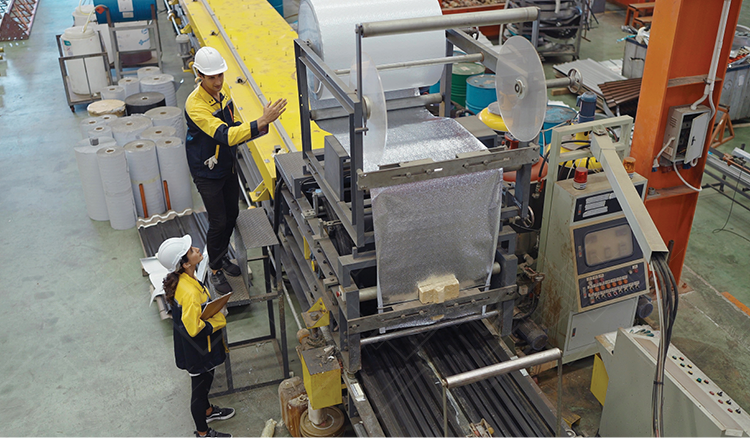Taking on Workforce Turnover

The US manufacturing sector is facing a significant challenge to fill 500,000 jobs and handle the constant workforce turnover that local competition for labor generates. Even as manufacturers’ optimism recently reached an all-time high of 92.4%, a large majority (68.2%) cited the inability to attract skilled workers as their top challenge.
Hampered by the general public’s less-than-ideal perception of manufacturing jobs as dirty and dull, manufacturing businesses have an uphill battle when it comes to marketing their opportunities to younger generations. Combine this with lower paying entry level jobs, challenging societal trends, and the occasional bad manager, manufacturing businesses are facing a huge labor challenge just to maintain their current business, let alone find a path to growth.
With all these factors working against them, manufacturing businesses are left with the overwhelming challenge of figuring out how to minimize workforce turnover.
Responses to Labor Turnover
A recent survey found that manufacturing workers would go down the street to the next business for $2/hr more. Assuming a fairly average rate of $12/hour, how many companies can actually afford to absorb a 17% increase to their cost of labor? To maintain profit margins, manufacturers are unlikely to successfully pass along the 6-8% price increase necessary to resolve labor issues, not to mention the local wage competition that could easily transpire if neighboring businesses were to implement a wage increase.
Companies can offer benefit packages that include healthcare and 401k plans as an attempt to avoid a wage battle. However, a good portion of workers will leave the company before these benefits ever vest, rendering these offerings almost completely ineffective in combating workforce turnover. One option that does immediately resonate with employees is being more flexible about time and attendance. Since workers already do their best to game any points system, management should consider relaxing these standards, as their workers need opportunities to handle personal issues that inevitably impact attendance.
Investing in Your Team
Making the time investment in your workforce is an excellent way to demonstrate that their contribution to the company’s success is valued. That is to say, you should affirm the importance of their work by giving the team the tools they need to be successful: Are they properly trained on best practices? Are they current on the new technology installed? Are they aware of all the safety standards? Are they set up for success?
Unfortunately, even the training investment is not always sufficient to create and hold on to a stable workforce.
A New Workforce
The most innovative approach to combating workforce turnover is to integrate gig-economy workers into your labor force, which benefits both the business and the worker. Accessing the gig-economy eliminates that tedious, never-ending recruit/onboard/training cycle by granting you direct access to a pool of vetted workers available any time the need arises in the workforce. The on-demand workforce will give your business the capability to always execute orders on-time without making any drastic changes.
Previous Posts
The Trade Deficit Is Shrinking. That’s Not a Recession Signal. It’s a Reindustrialization Signal.
The Future of Manufacturing and Logistics
Create a free business profile today to explore our platform.





